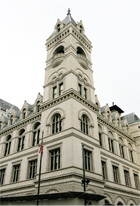Earlier this month, Kent Diebolt, Evan Kopelson and Kristen Olson attended the Association for Preservation Technology International annual conference in Kansas City, Missouri. APT is a cross-disciplinary member organization promoting the best technology for conserving historic structures and their settings. The conference theme was Convergence of People and Places—Diverse Technologies and Practices.
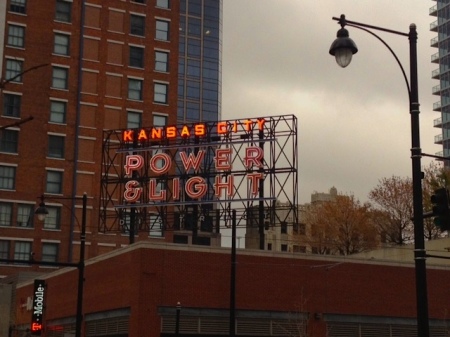
One of many neon signs in the Power & Light District
The diverse technologies were on display in presentations on 3D laser scanning to aid in flood management at religious sites in Southeast Asia; 3D GIS applications to help plan new uses for Flushing Meadows-Corona Park, site of the 1939 and 1964 World’s Fairs; and a creative fusion of high-tech and low-tech to investigate interior plaster conditions in a historic Charleston residence (infrared thermography aided by a hair dryer).
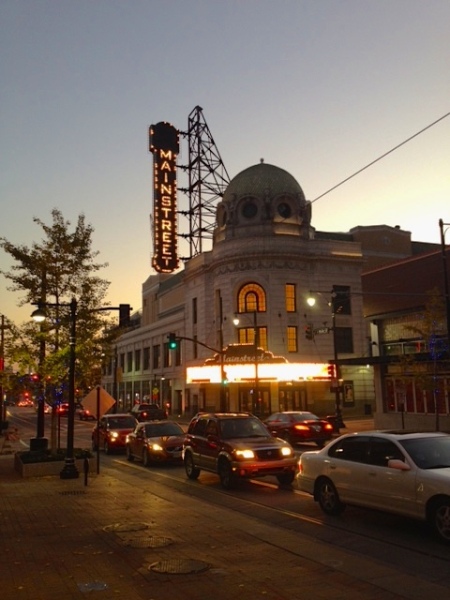
The historic Mainstreet Theater, reborn as a modern cinema
An exciting possibility for documenting post-disaster sites is the use of mobile apps that allow volunteers to quickly and accurately gather data using customized web forms. Meanwhile, web-based databases such as APT’s OSCAR and the National Building Stone Database are putting valuable data on sustainable practices and restoration materials at the fingertips of practitioners.
Several presentations tied the social dimension of preservation to larger national and global issues of justice and human health, with a concept of “whole places” that function on all levels. Case studies demonstrated the successful rehabilitation of unloved, Brutalist-style buildings into vibrant spaces for human interaction.
A full-day symposium, Renewing Modernism, addressed the challenges and opportunities presented by buildings of the Modern era. Many presenters called for flexibility and creativity in bringing 20th century buildings up to 21st century energy standards, with a consensus that different standards of both energy efficiency and preservation should apply to buildings relative to their cultural significance. Presenters cited the sheer volume of Modern buildings that have reached or are approaching the 50-year mark, and the imperative to reuse, rather than discard, this vast inventory of existing buildings.
To learn more about APT, visit www.apti.org.
Vertical Access was proud to be a Benefactor Sponsor for APT’s 2015 conference.



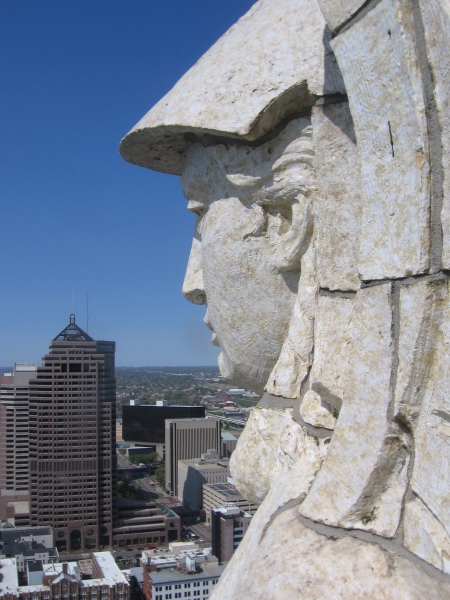
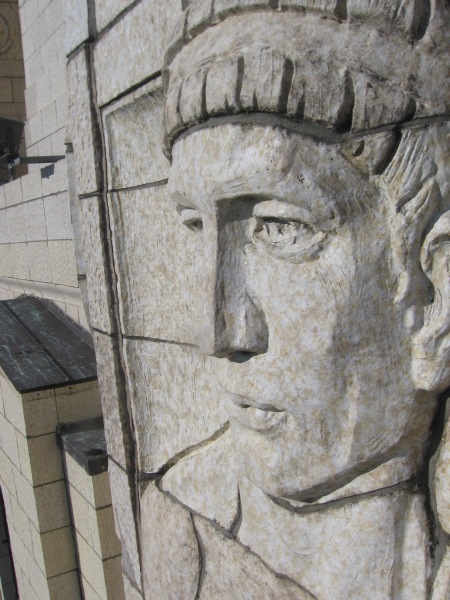
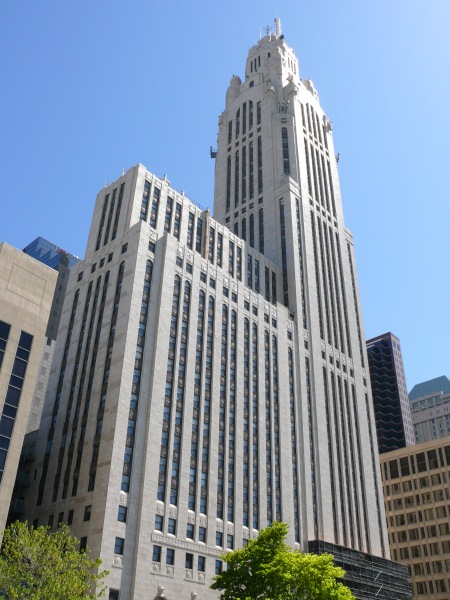



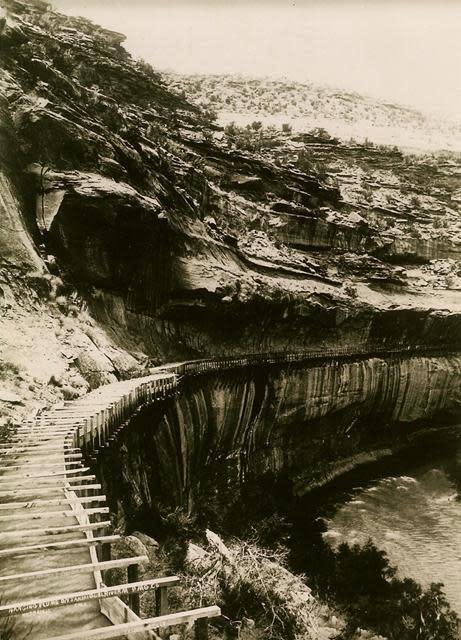
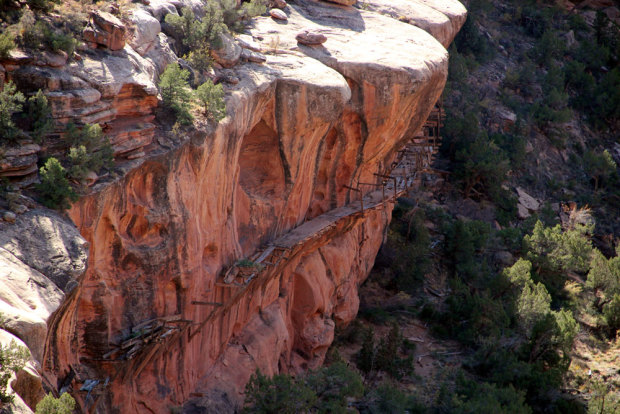
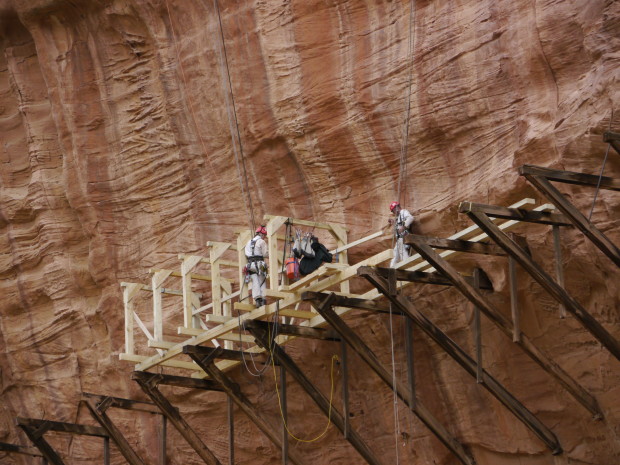
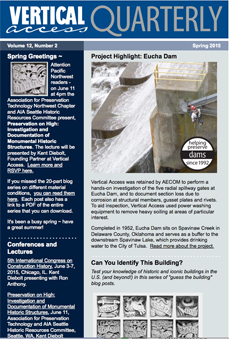
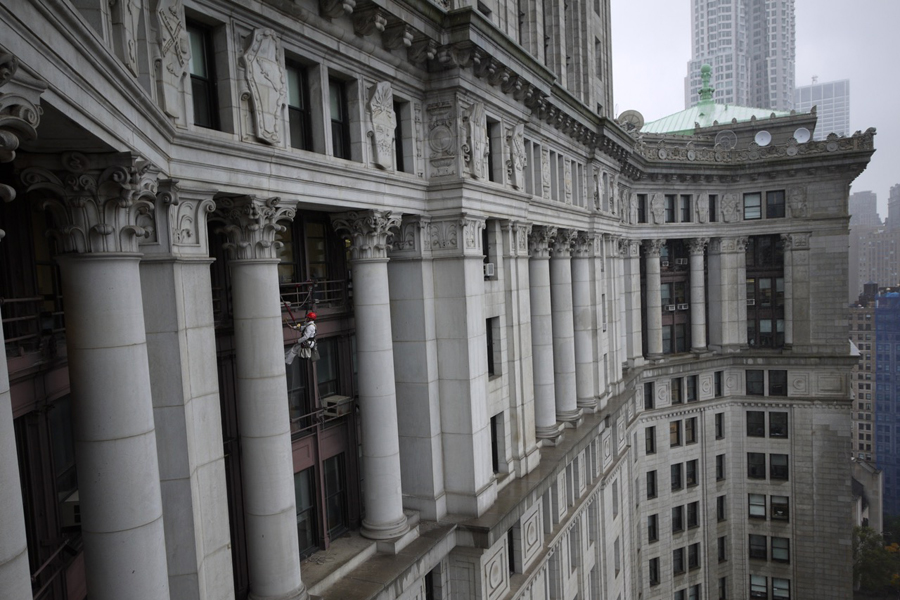
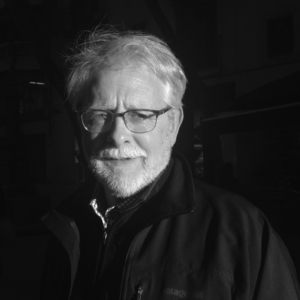 Kent Diebolt is the founder of Vertical Access and has been the principal-in-charge for most investigation, testing and inspection projects performed by Vertical Access over the firm’s 22-year history. Since the first Vertical Access project in 1992, Kent and his team have inspected numerous historically significant buildings, constructed of a wide variety of materials. He is an active participant and is a leader in professional preservation and rope access organizations.
Kent Diebolt is the founder of Vertical Access and has been the principal-in-charge for most investigation, testing and inspection projects performed by Vertical Access over the firm’s 22-year history. Since the first Vertical Access project in 1992, Kent and his team have inspected numerous historically significant buildings, constructed of a wide variety of materials. He is an active participant and is a leader in professional preservation and rope access organizations.
